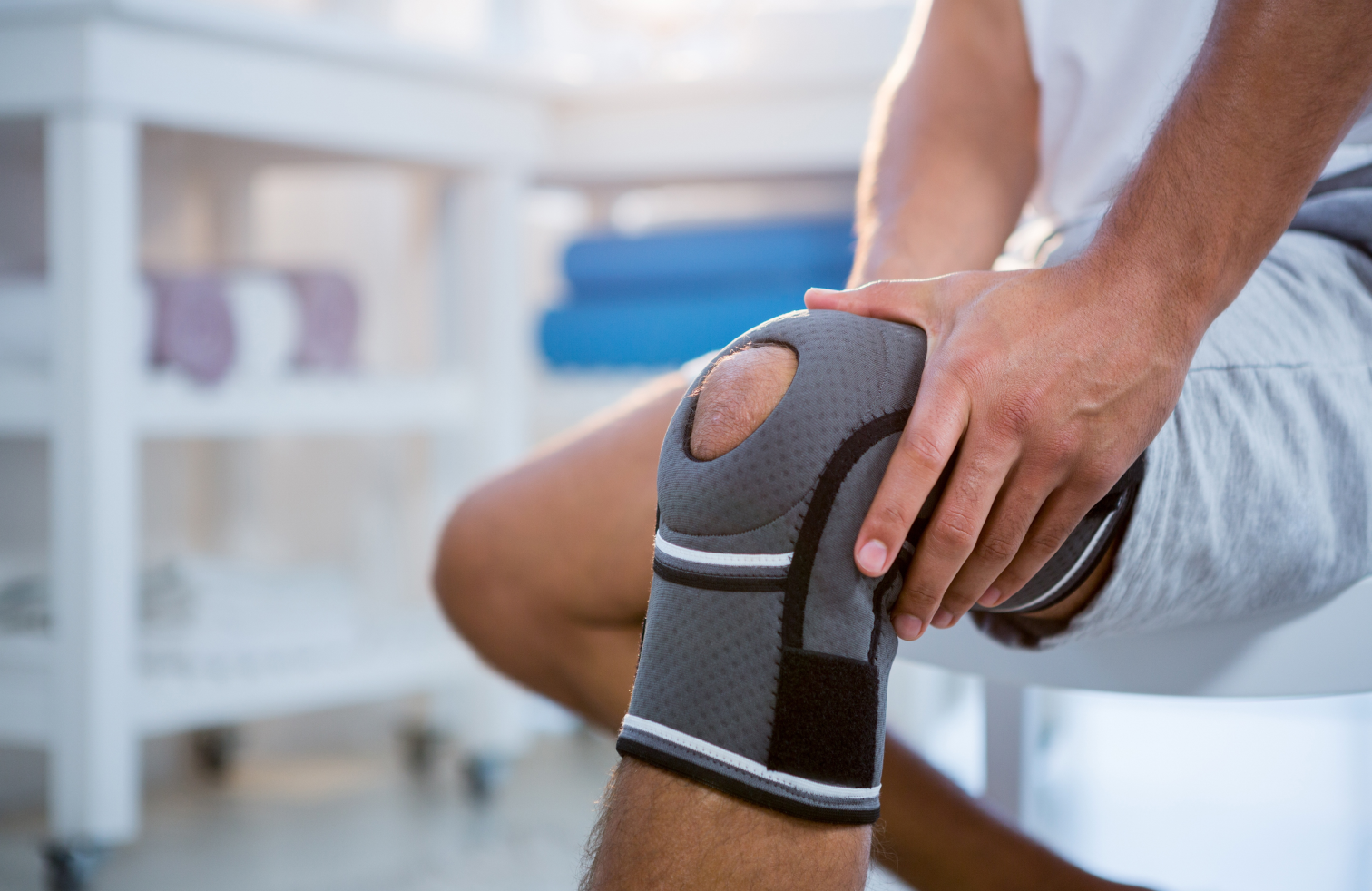
Due to their service, America’s Veterans may suffer a wide range of injuries and negative health conditions. Veterans who suffer leg, arm, and knee injuries need to understand the loss of limb use or loss of limb VA disability benefits. In some cases, your combined injuries may qualify for total disability benefits.
Read on to learn more about Veteran leg, arm, and knee injuries and how to recover the disability compensation you deserve for your service-connected disability.
Injuries to the arms, legs, or knees can frequently be debilitating or disabling to a greater degree than other types of injuries. That’s because these limbs are used for mobility/locomotion or everyday tasks, like picking up objects or moving oneself.
Veterans who suffer injuries to the arms, legs, or knees often face difficulties throughout the rest of their lives. Because of this, the VA recognizes the severity of these injuries and their potential for disability.
Many potential hazards or threats one may face during active duty military service can cause or aggravate leg, arm, and knee injuries, such as:
Common leg, arm, and knee injuries in service members can include but are not limited to:
Any injuries a Veteran experiences while serving in the military qualify for VA disability benefits to support themselves and their dependents, provided those injuries have a provable service connection.
Put simply, a service connection is a status awarded by the VA once it determines that a Veteran’s injury:
For example, if a Veteran suffers a knee injury while deployed and carrying heavy equipment, that injury could qualify them for VA disability benefits. As another example, if a Veteran injures their shoulder while in combat, that shoulder injury will qualify for VA disability benefits once the Veteran files the correct application.
However, proving a service connection can be difficult in some circumstances. For instance, if a Veteran only discovers knee damage or an injury after leaving the military, they may have trouble proving that the knee damage accumulated because of their military duties.
Gathering evidence and presenting it in a compelling package to the Department of Veterans Affairs Veterans benefits office can be tough alone. That’s why you should immediately contact a knowledgeable Veterans law firm like Berry Law.
The VA has a comprehensive rating system for all manner of Veteran injuries. An injury receives a diagnostic code and rating between 0% and 100%, which determines how much a Veteran may receive in monthly benefits.
Leg and knee impairments can be rated and categorized under the following diagnostic codes and rating ranges. These ratings can affect your special monthly compensation rate.
Loss of limb VA disability benefits applies if a Veteran had to have part or all of their leg amputated due to a medical emergency. The complete amputation of a leg includes the removal of the femur and any amount of the pubic bone. If this occurs, the Veteran automatically receives a disability rating of 100%. Other ratings decrease depending on the extension of the leg amputation as follows:
In addition to the above ratings breakdown, Veterans may receive higher disability benefits if they experience knee pain in both knees rather than just one. This is called the bilateral factor. If the same joint or limb on both sides of the body has a service-related injury, they may receive a higher overall disability rating.
This is also true for arm, hand, leg, and foot injuries. If the bilateral factor applies, both ratings for each limb affected are combined, and the Veteran receives an extra 10% to their disability rating to reflect their increased difficulties or pain.
The VA has a separate disability ratings range and code set for arm and shoulder injuries. The below diagnostic codes and rating ranges are awarded to injured or disabled Veterans once a licensed medical professional examines them:
The VA rates loss of a limb of the arm for disability benefits as well. As with leg amputations, if the amputation is severe or complete, the Veteran receives an automatic disability rating of 100%. This includes the forequarter amputation of the humerus bone and any portion of the scapula, clavicle, and/or ribs.
Other disability ratings for arm amputations are as follows:
To acquire VA disability benefits for loss of limb, you need to file a successful and accurate VA disability claim. This involves collecting evidence showing the extent of your injuries or disabling conditions and proving that you received the injuries during your time in the military and while on active duty.
In some cases, this is easy and only requires an examination from a VA health care provider. In others, it can be difficult, particularly if the issue in question only became disabling or painful after you were discharged from the military. Knowledgeable Veterans law attorneys can help you gather the evidence you need.
If you’ve experienced leg, arm, or knee injuries – or if one of your limbs has been amputated because of your military service – you may qualify for significant VA disability benefits.
Berry Law’s knowledgeable Veterans disability attorneys can help you acquire the compensation you deserve for your past service to America and its people. Contact us today to learn more or for assistance filing a VA disability benefits claim.
Sources:
Knee Injuries | Johns Hopkins Medicine
Our monthly newsletter features about important and up-to-date veterans' law news, keeping you informed about the changes that matter.